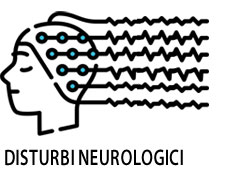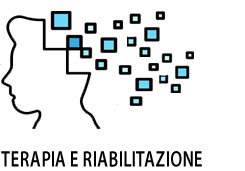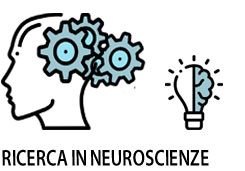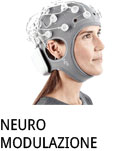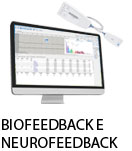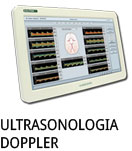- +39 011 5821948
- info@geasoluzioni.it
- Lun - Ven 8:00 - 17:00
High definition transcranial pink noise stimulation of anterior cingulate cortex on food craving: An explorative study
- Abstract:
- Dysfunctional neural activity in the cortical reward system network has been implicated in food addiction. This is the first study exploring the potential therapeutic effects of high definition transcranial pink noise stimulation (HD-tPNS) targeted at the anterior cingulate cortex (ACC) on craving and brain activity in women with obesity who showed features of food addiction (Yale Food Addiction Scale score of ≥3). Sixteen eligible females participated in a randomized, double-blind, parallel group study. Participants received six 20-minute sessions of either 1 mA (n = 8) or sham (n = 8) stimulation with HD-tPNS over two weeks. Anode was placed above the ACC (Fz) with 4 cathodes (F7, T3, F8, and T4). Food craving was assessed using the Food Cravings Questionnaire State (FCQ-S) and brain activity was measured using electroencephalogram (EEG). Assessments were at baseline, and two days, four weeks, and six weeks after stimulation. A 22% decrease (mean decrease of -1.11, 95% CI -2.09, -0.14) was observed on the 5-point 'intense desire to eat' subscale two days after stimulation in the HD-tPNS group compared to sham. Furthermore, whole brain analysis showed a significant decrease in beta 1 activity in the ACC in the stimulation group compared to sham (threshold 0.38, p = 0.04). These preliminary findings suggest HD-tPNS of the ACC transiently inhibits the desire to eat and, thus, warrants further examination as a potential tool in combating food craving.
- Patologie/Applicazioni:
- Anno:
- 2017
- Tipo di pubblicazione:
- Articolo
- Parola chiave:
- neuromodulazione; dipendenze; stimolazione elettrica transcranica
- Testata scientifica:
- Appetite
- Nota:
- Scopo di questo lavoro è esplorare i potenziali effetti terapeutici della stimolazione elettrica transcranica sul desiderio (craving) legato alla dipendenza da cibo (food addiction). Una particolare forma di stimolazione, la HD-pink noise è stata eseguita sulla corteccia cingolata anteriore con lo Starstim su 16 pazienti. Il craving è stato valutato con la scala (FCQ-S) e l'attività cerebrale con l'EEG. I risultati suggeriscono che la stimolazione possa inibire transitoriamente il desiderio di cibo, configurando questa metodica come potenziale strumento per combattere il food craving.
- DOI:
- 10.1016/j.appet.2017.10.034
Hits: 2213
La nostra storia
GEA soluzioni si affaccia nel 2013 al mercato della strumentazione medicale di alto livello tecnologico ma la sua storia parte da più lontano, clicca qui per approfondire.
GEA SOLUZIONI SRL
via Spalato 72/A, Torino
Tel.: 011 5821948 / 011 4463853
Fax: 011 0433281
Email: info @ geasoluzioni.it
P. IVA IT11696920013
REA TO1233648

